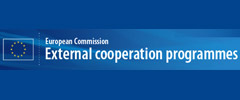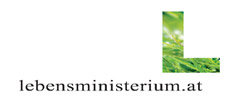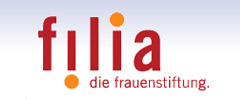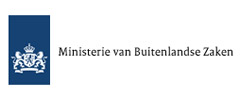First Reach substance hit-list emerges
The European chemicals agency has published a first draft list of substances that could eventually be subject to tough authorisation requirements prohibiting marketing and use unless firms can show there is a compelling reason to allow them.
04.07.2008 |ENDS Europe DAILY
The European chemicals agency has published a first draft list, a so-called REACH hit-list, of substances that could eventually be subject to tough authorisation requirements prohibiting marketing and use unless firms can show there is a compelling reason to allow them.
Each entry on the "candidate
list" of substances of very high concern (SVHCs) has been suggested by an
EU government. The list includes three phthalates and the brominated
flame retardant HBCDD.
The agency (Echa) has opened a
public consultation on the list - the first to be held on the operation of
Reach - in which stakeholders have been invited to submit information on use
and exposure and on safer alternative substances and techniques.
After the consultation closes in mid-August, a committee of EU member state experts convened by Echa will vote on the list. The agency hopes to publish a final list in October. It will be extended gradually as more information on other substances accumulates under the Reach registration process.
The inclusion of a substance in the candidate list will generate new duties for producers, importers and suppliers of articles that contain it. A second consultation and decision-making procedure will decide whether the substance should undergo authorisation.
The 16 substances on the list are
anthracene, 4,4'-diaminodiphenylmethane, dibutyl phthalate (DBP),
cyclododecane, cobalt dichloride, diarsenic pentaoxide, diarsenic trioxide
sodium dichromate, musk xylene, DEHP, Hexabromocyclododecane (HBCDD), short
chain chlorinated paraffins (SCCPs), bis(tributyltin)oxide, lead hydrogen
arsenate, triethyl arsenate and benzyl butyl phthalate (BBP).
A group of environmental campaign
organisations said the list should be much longer. Industry group Cefic
said the inclusion of HBCDD contradicted the opinion of an EU scientific
committee which concluded it was less persistent in the environment than
previously thought.
* An EU ban on the use of the brominated flame retardant deca-BDE in electronics entered force on Tuesday. The German environment agency called for the ban to be extended to textiles, while the bromine industry lobby group Bsef reiterated its belief that the ban is unwarranted and also published a third deca-BDE monitoring report.
Related News
Human Biomonitoring for Europe
Vienna, 26 September: stakeholder forum
28.09.2018
WECF sends letter to Dutch Secretary of State concerning EU policy on EDCs
In a joint statement WECF and the EDC Free Coalition ask Dutch State Secretary Dijksma to insist on major changes at the Environmental Council meeting to protect our health and environment.
21.06.2016
Commission's EDC criteria proposal: More humans will have to be harmed before action is taken
The European Commission presented today its proposal for criteria to identify endocrine disrupting chemicals (EDCs). WECF and the EDCfree Coalition condemn strongly the decision.
15.06.2016
WECF film "How to protect children from EDCs" now available in Spanish
Pregnant women know it is important to avoid alcohol, nicotine and certain foods. However, what is less well known is that many everyday products contain pollutants that can also be harmful to your baby. WECF's film gives practical advice on how to avoid exposure to EDCs. It now also available in Spanish.
13.06.2016





































